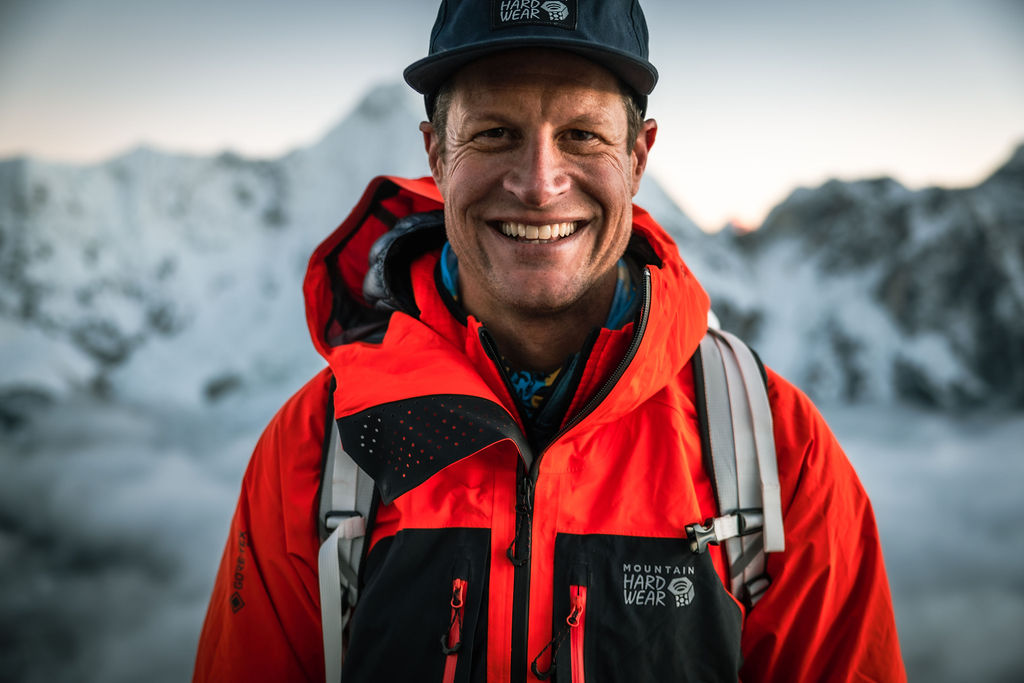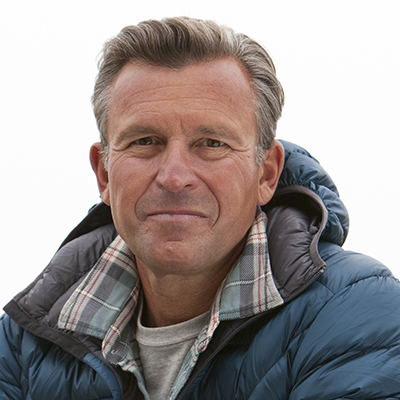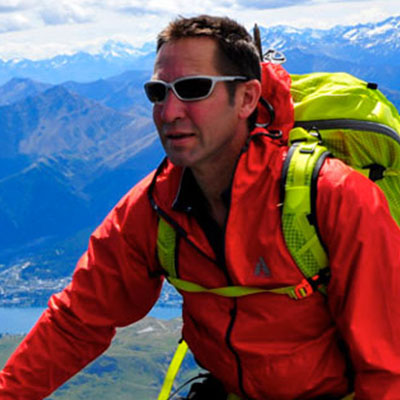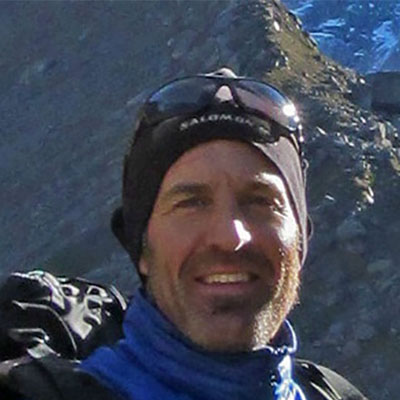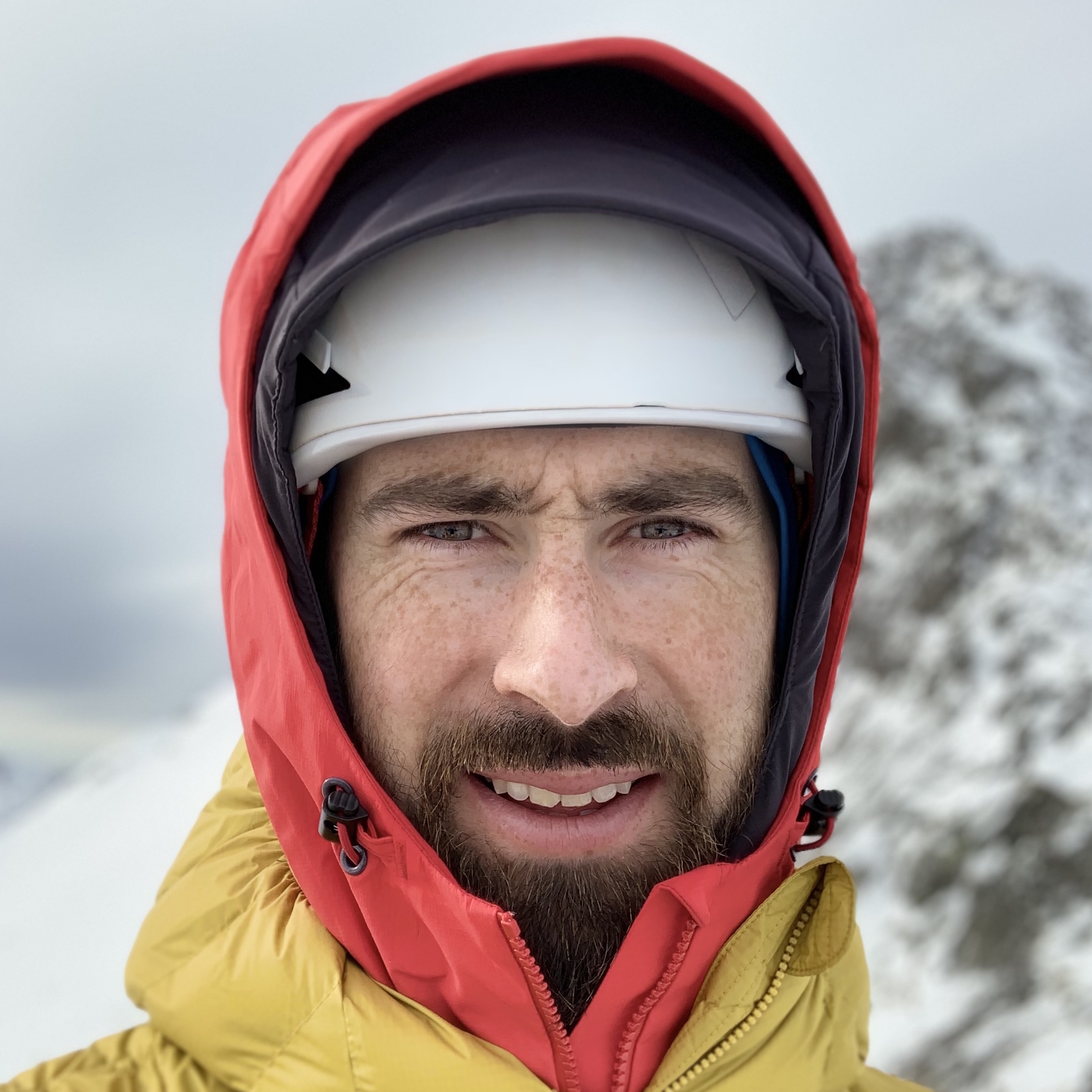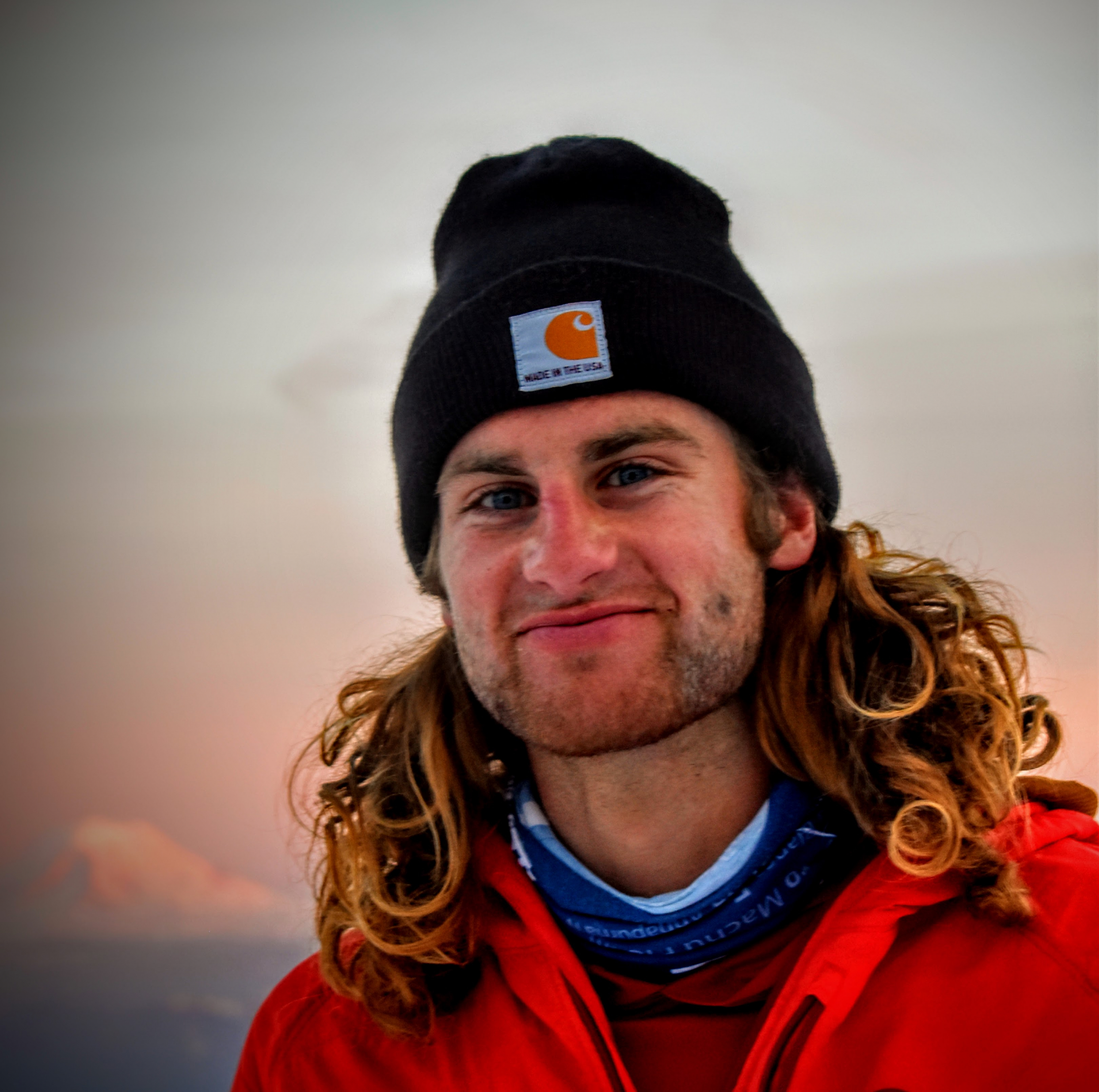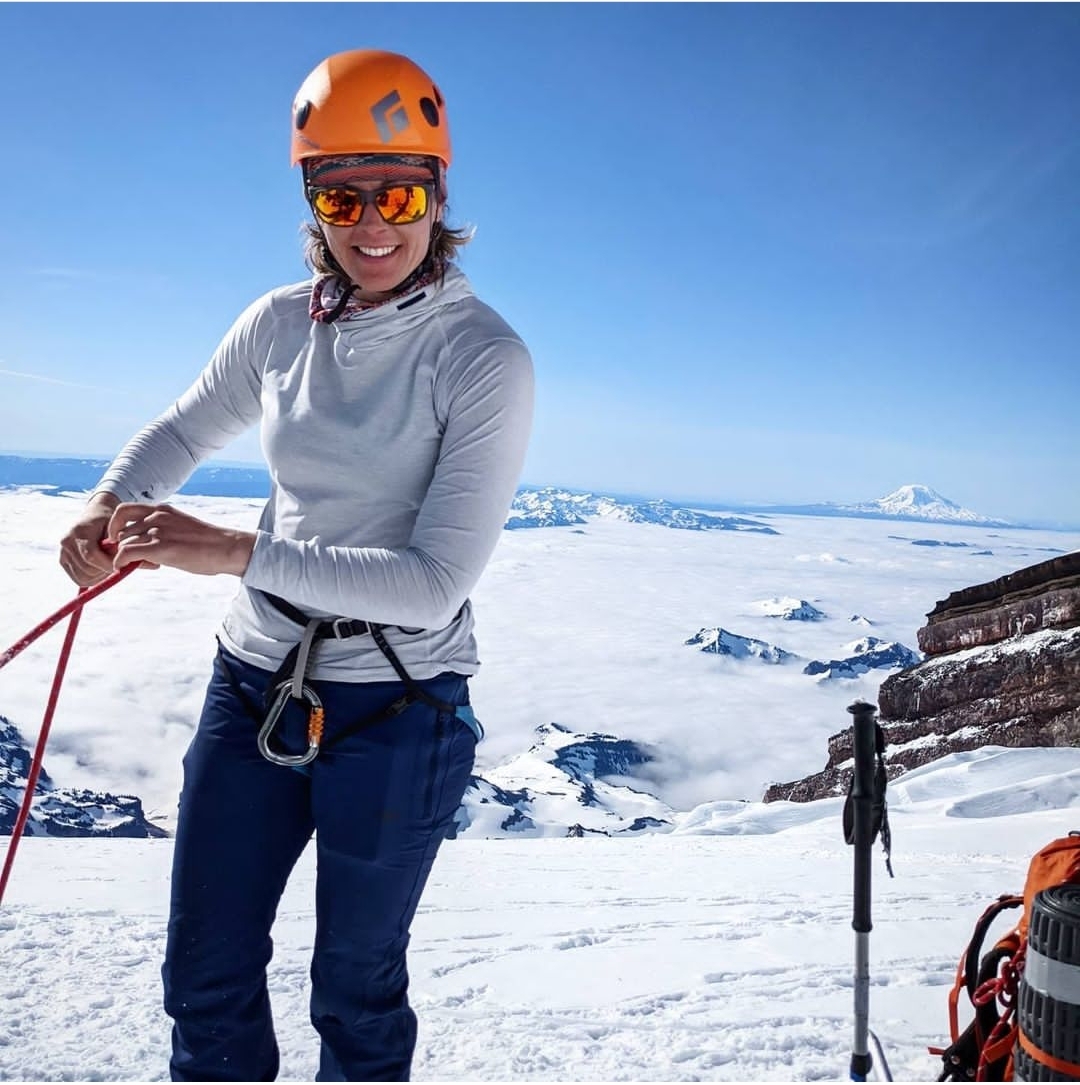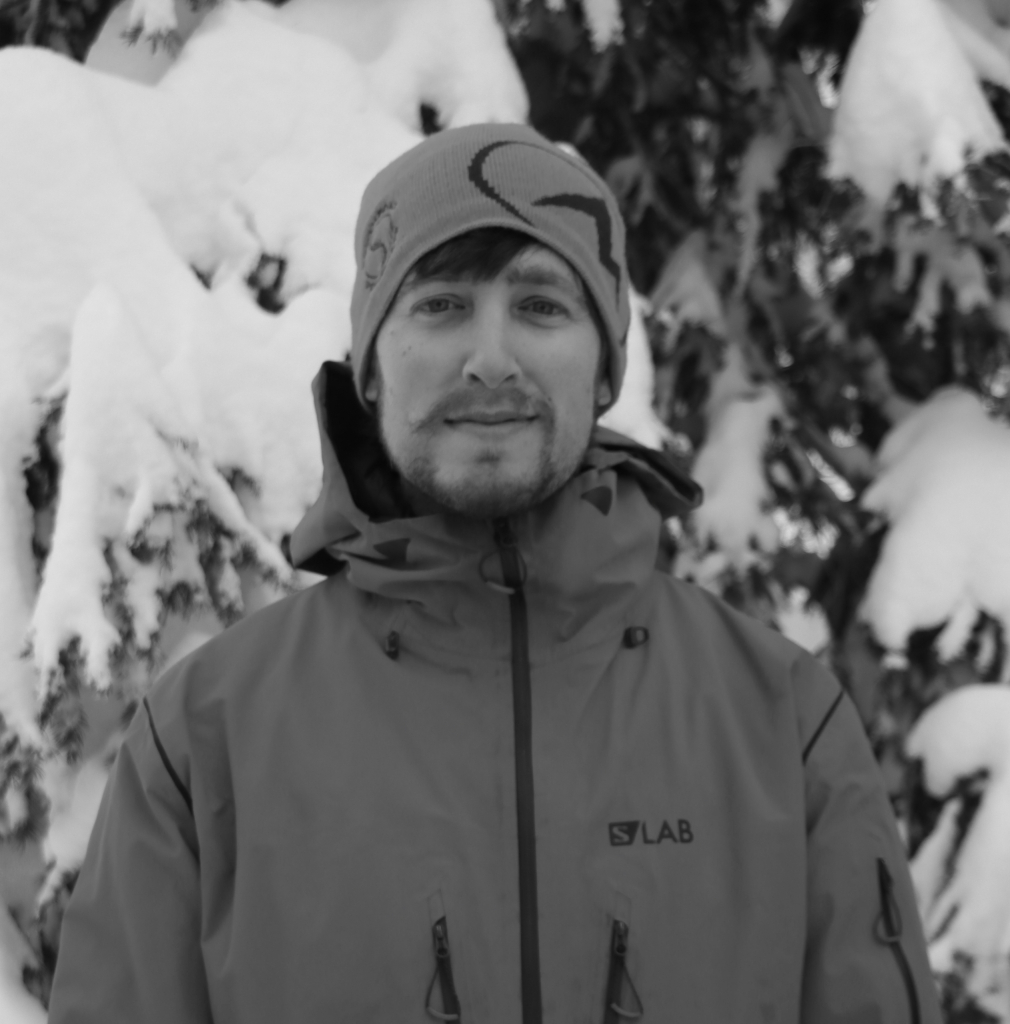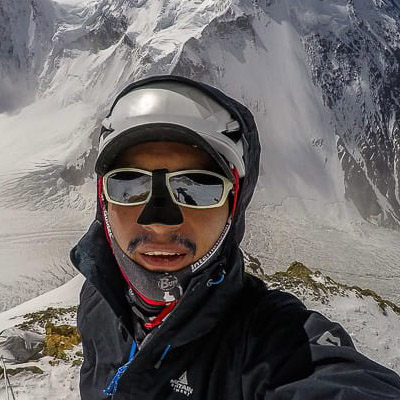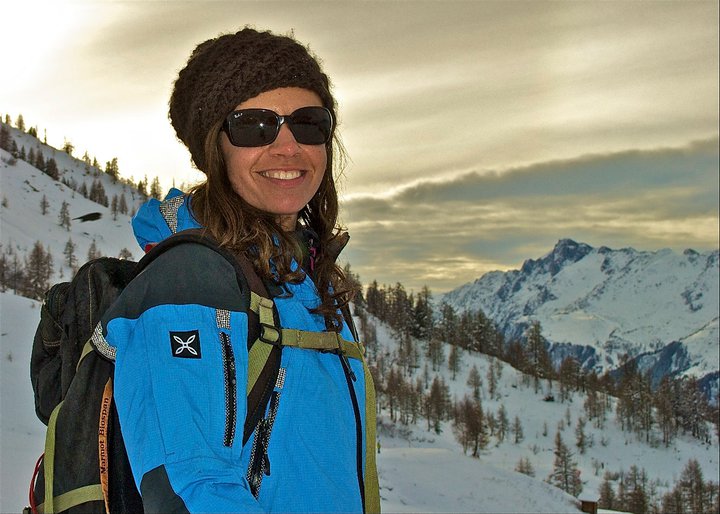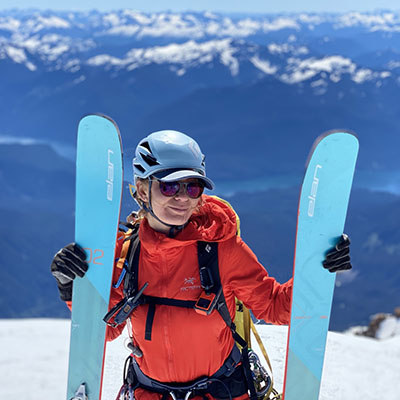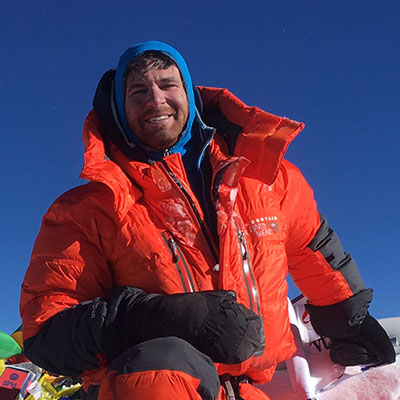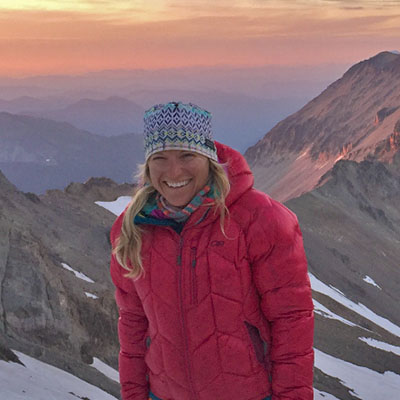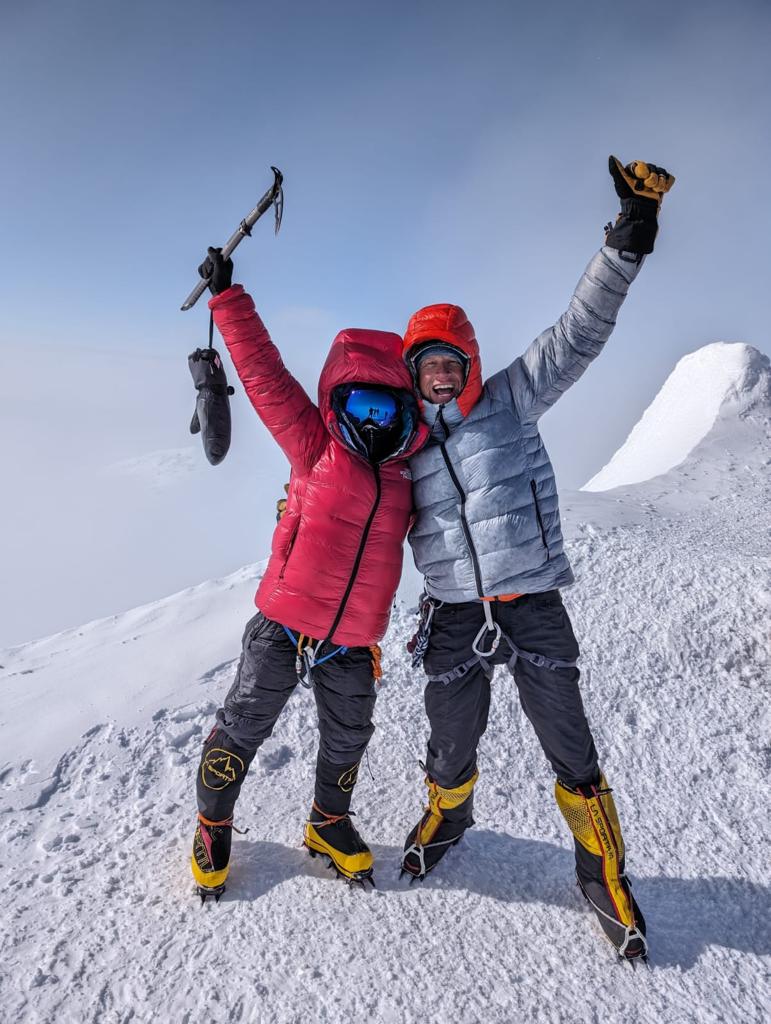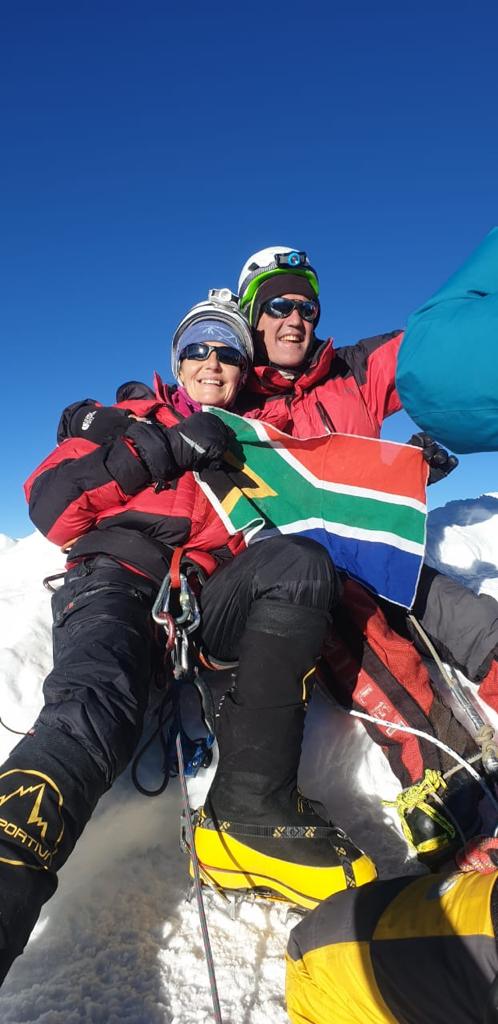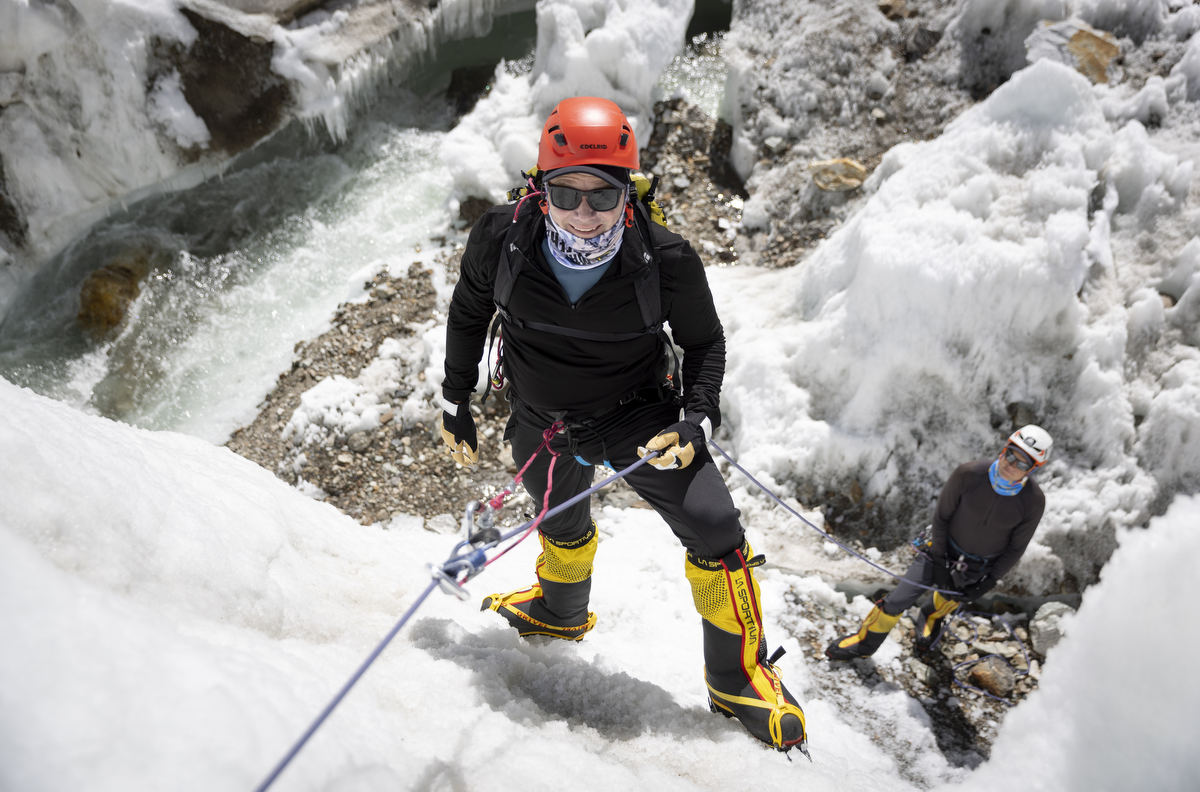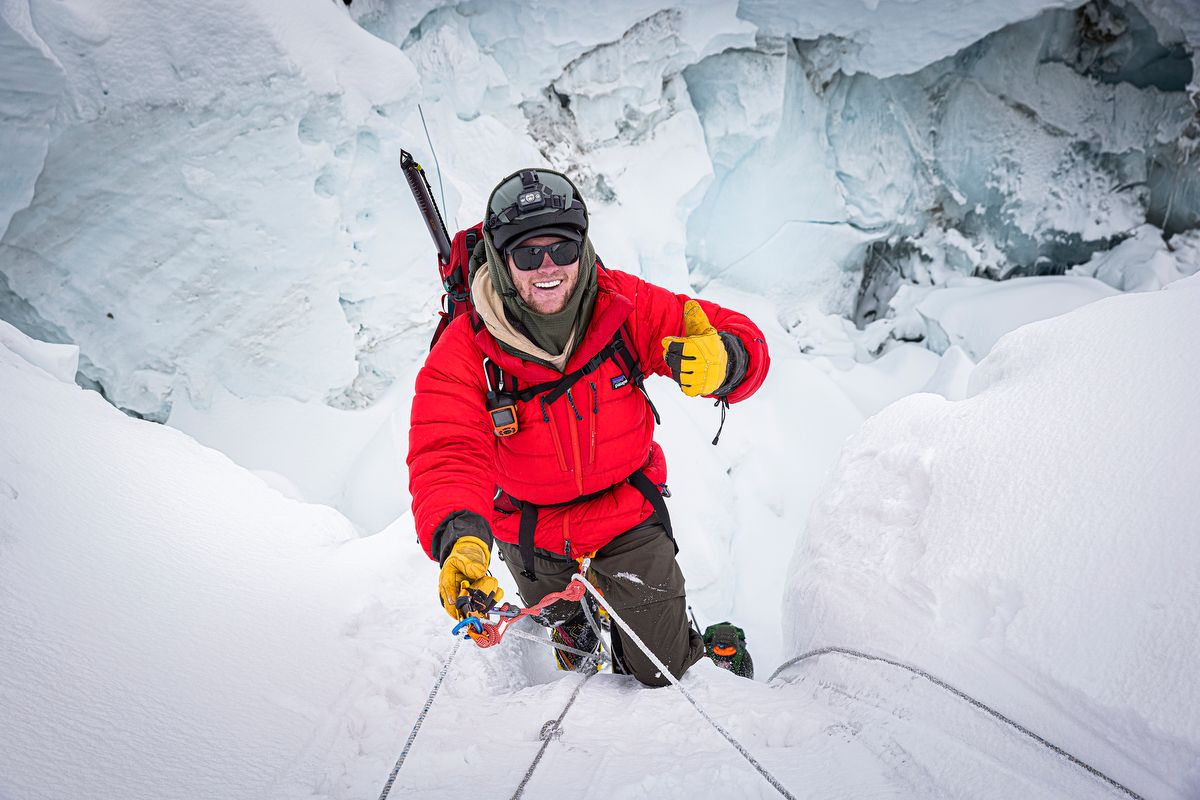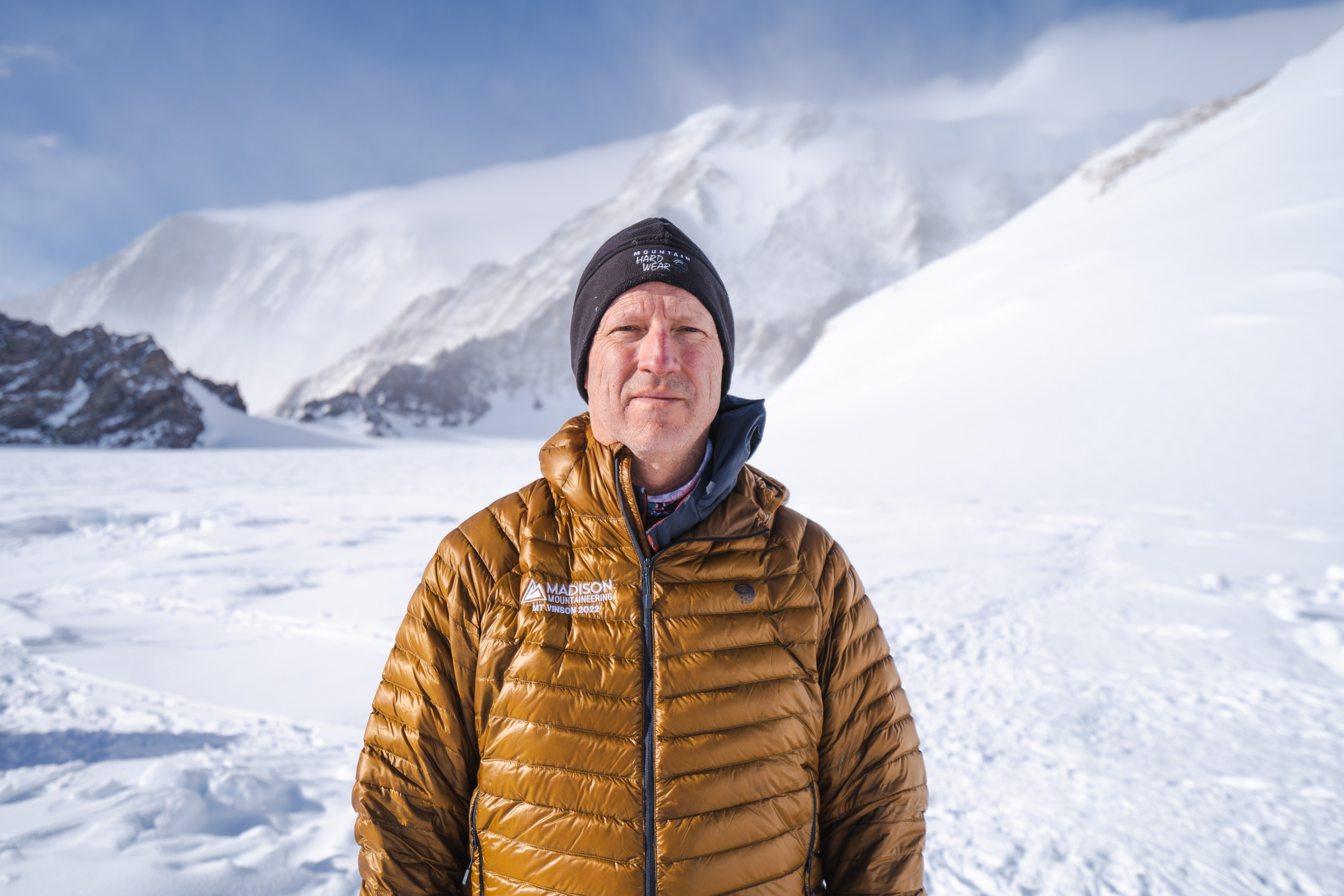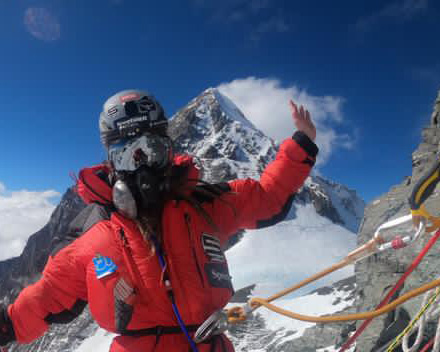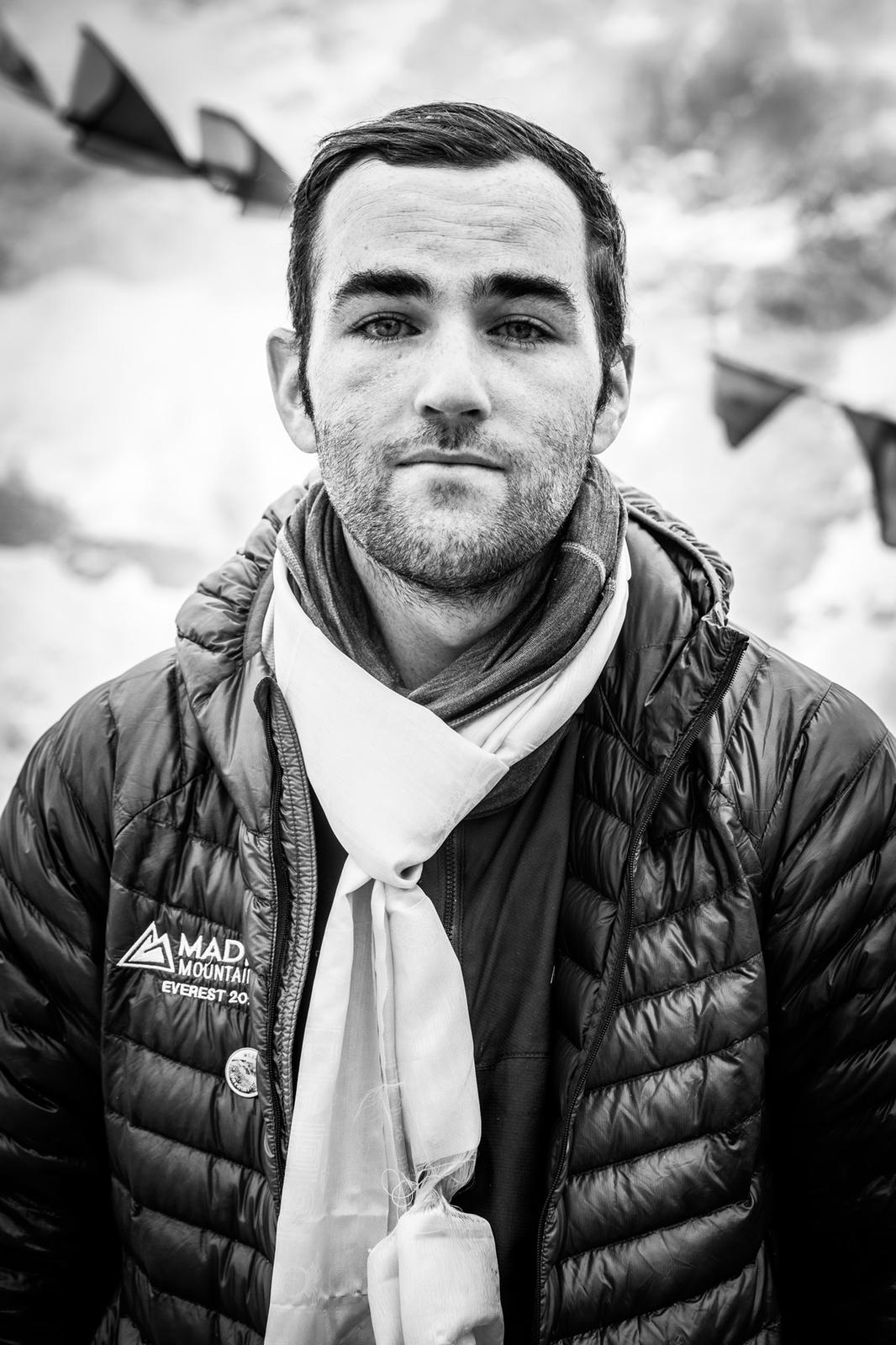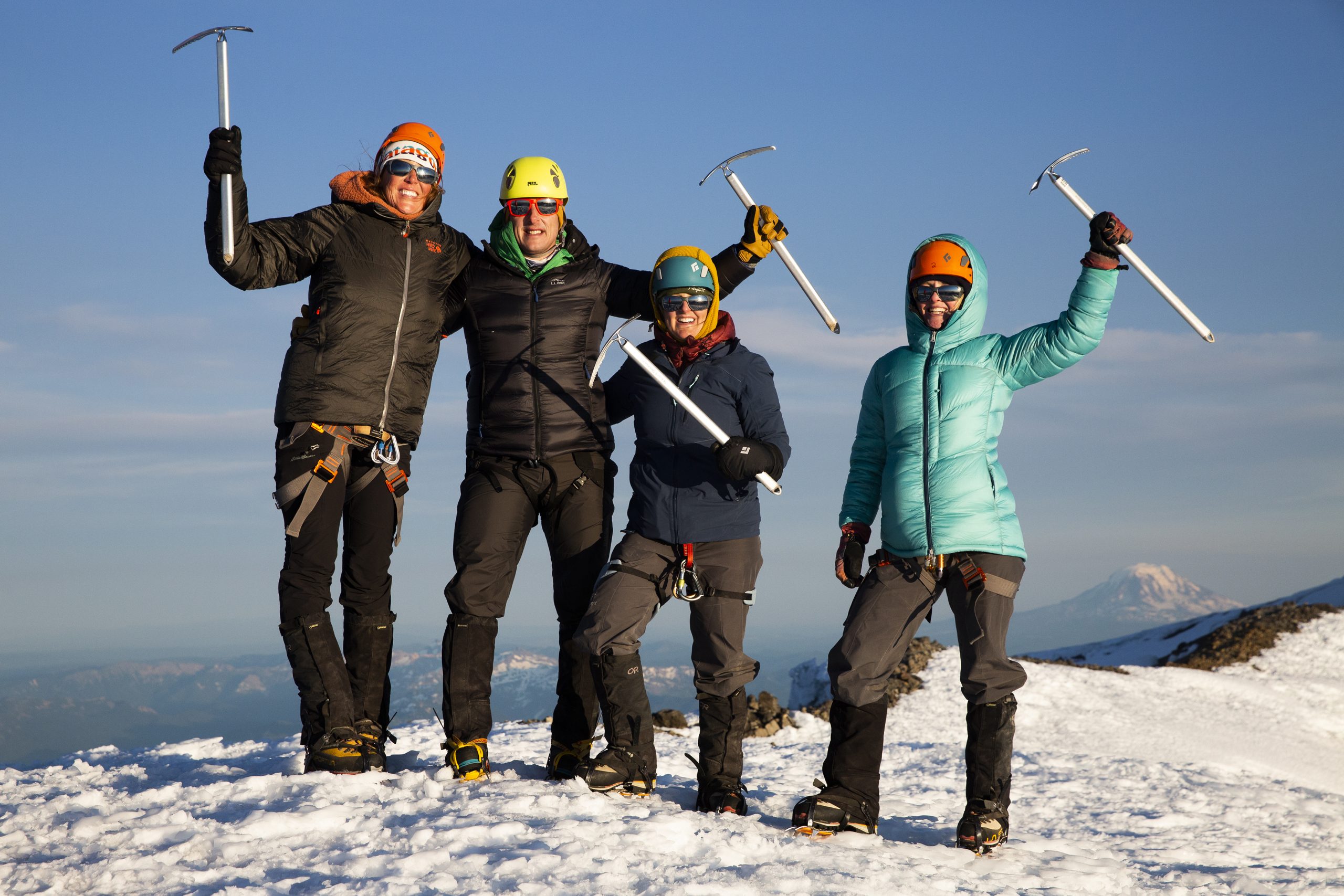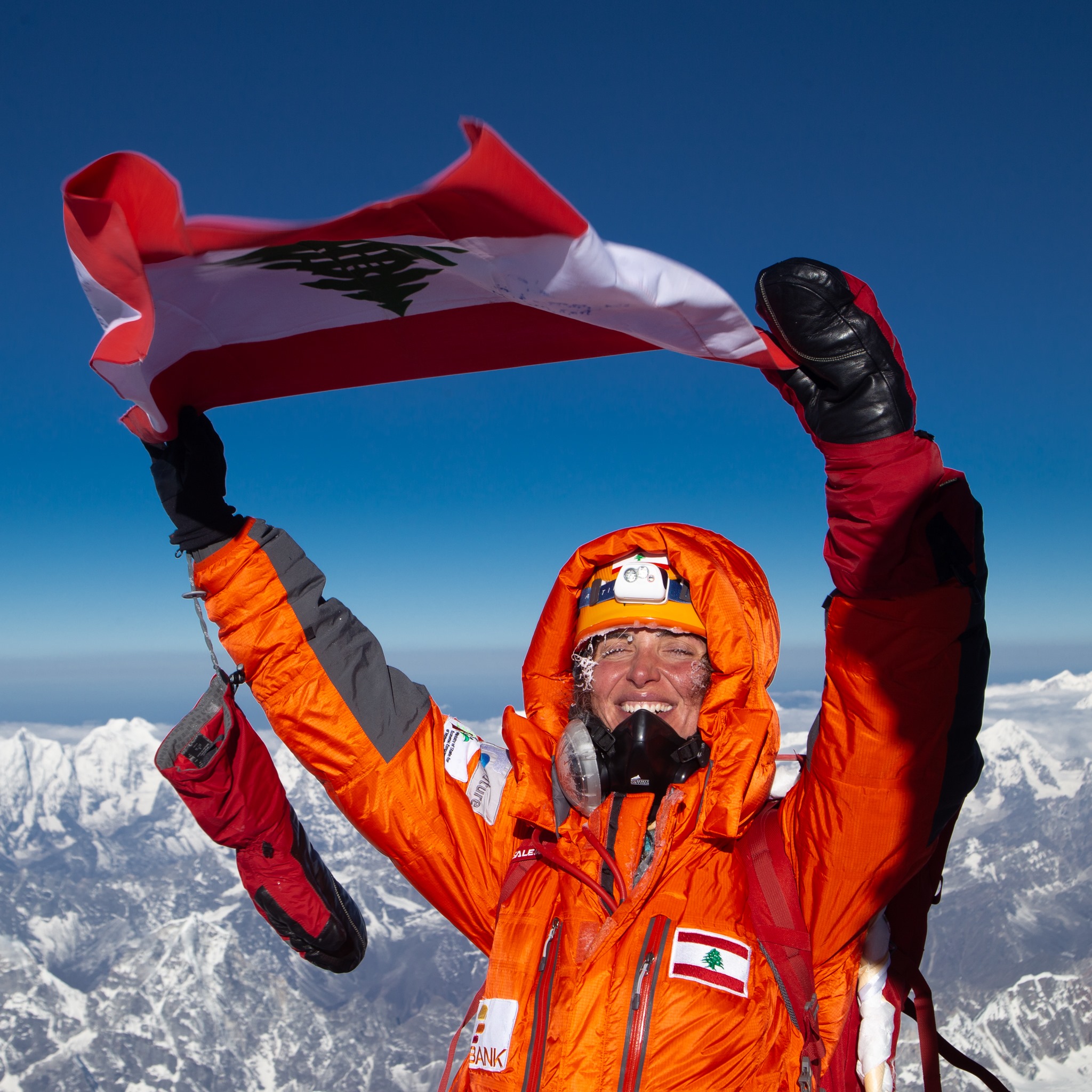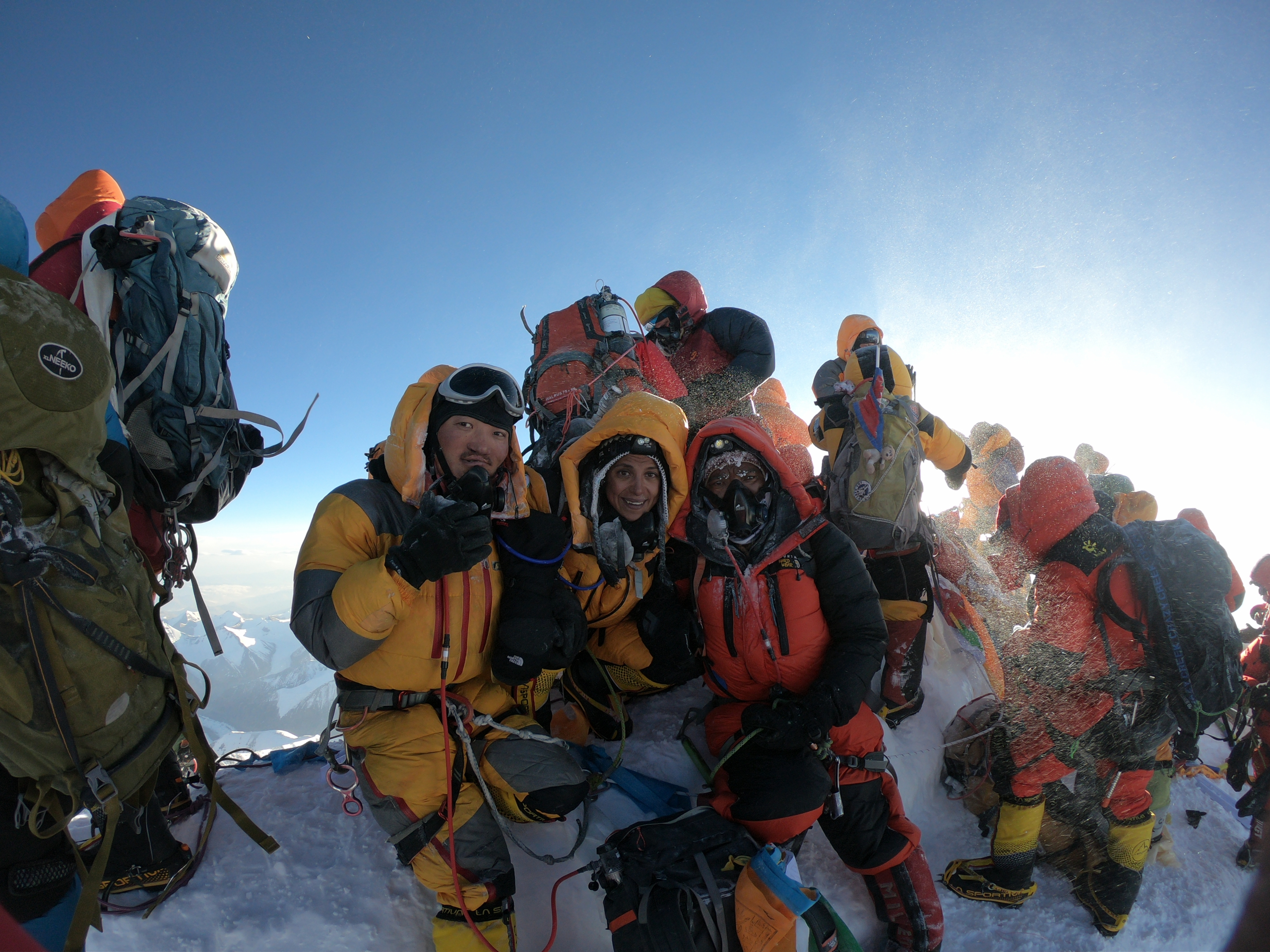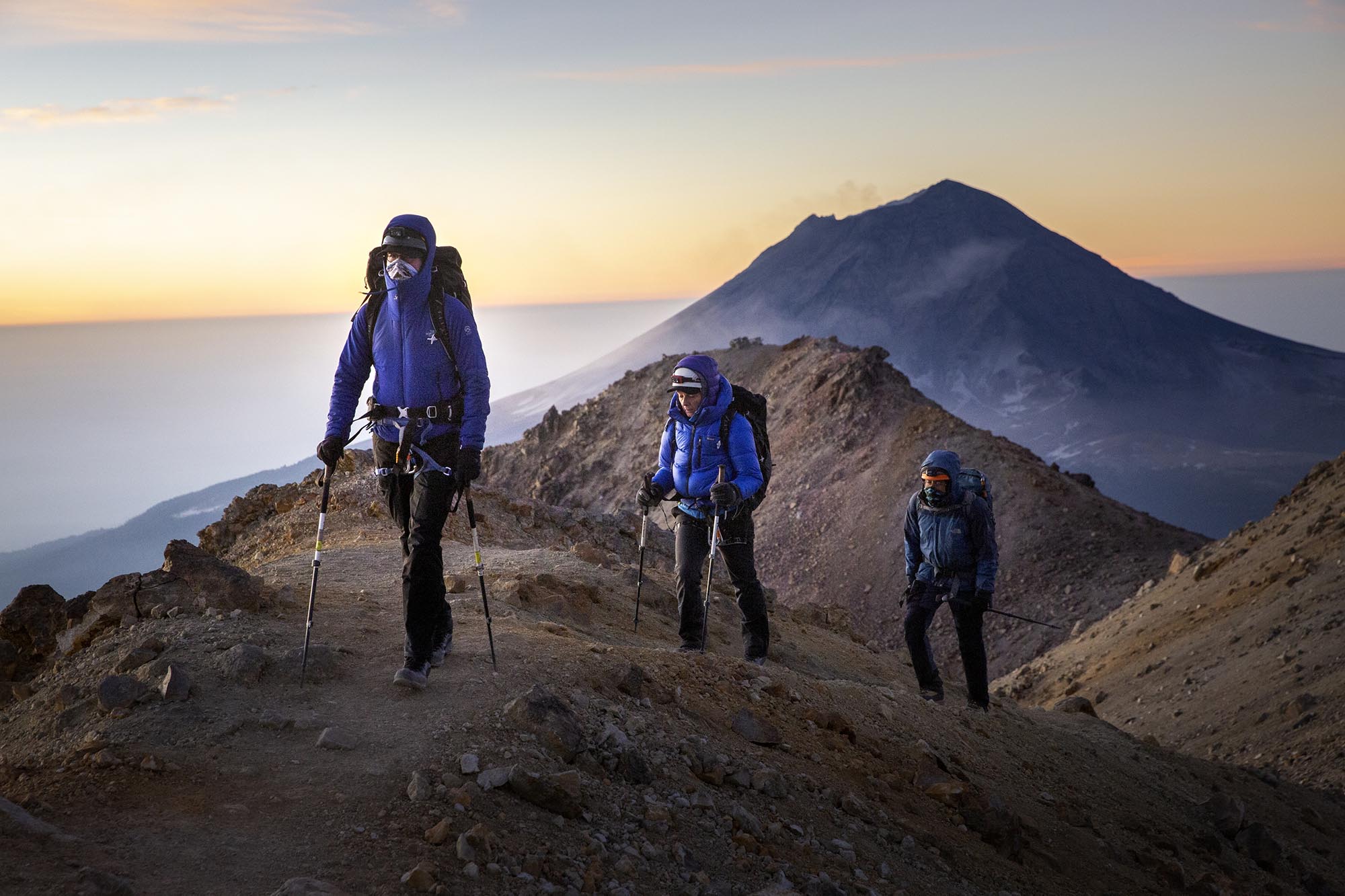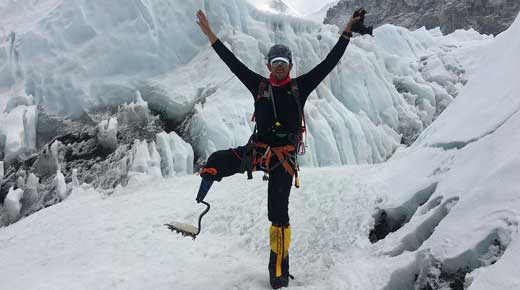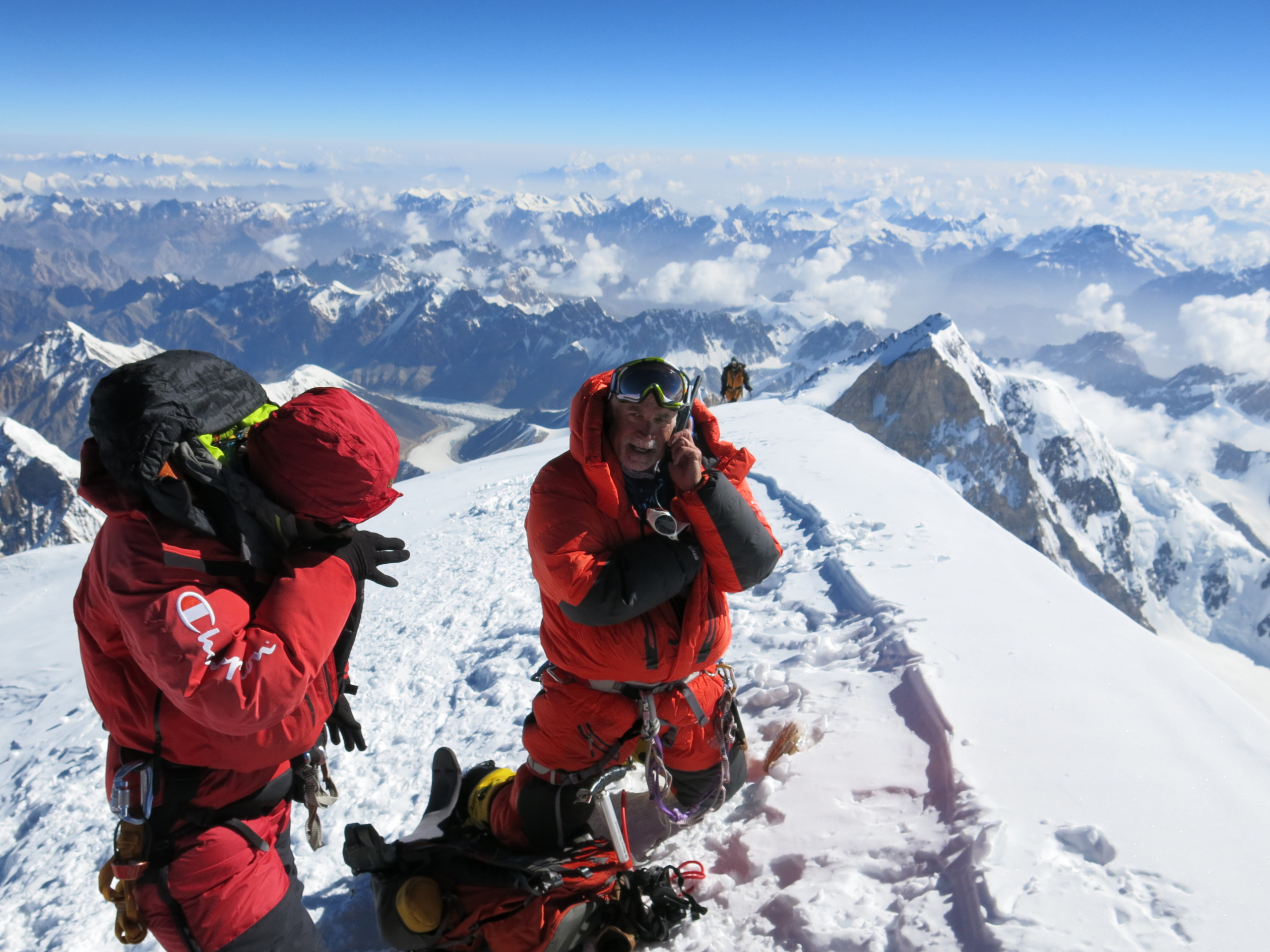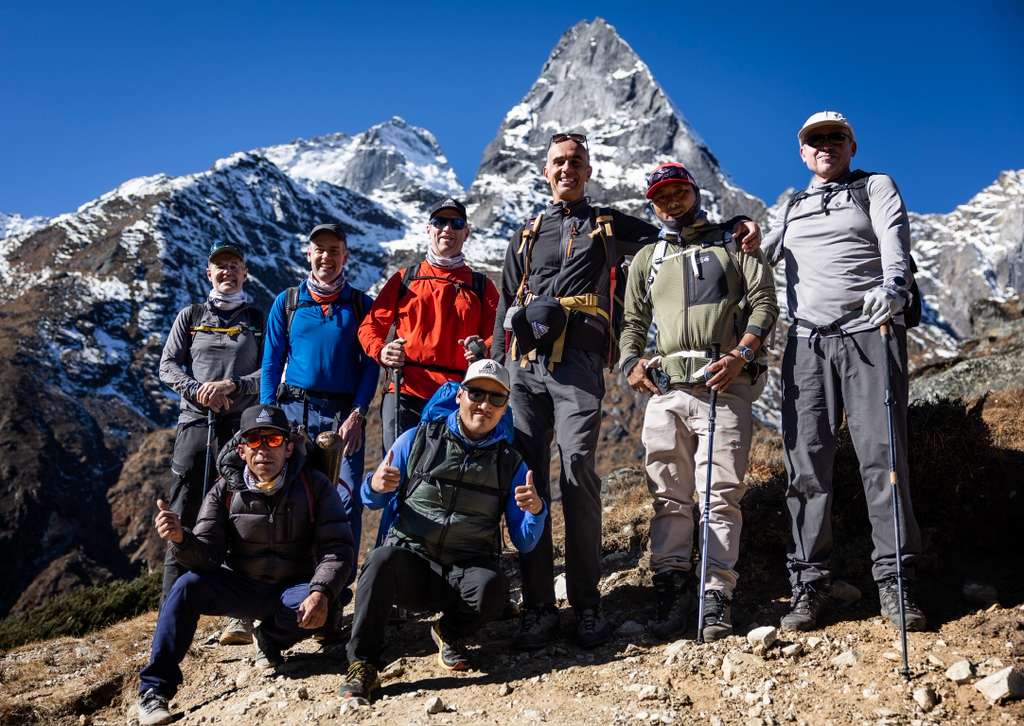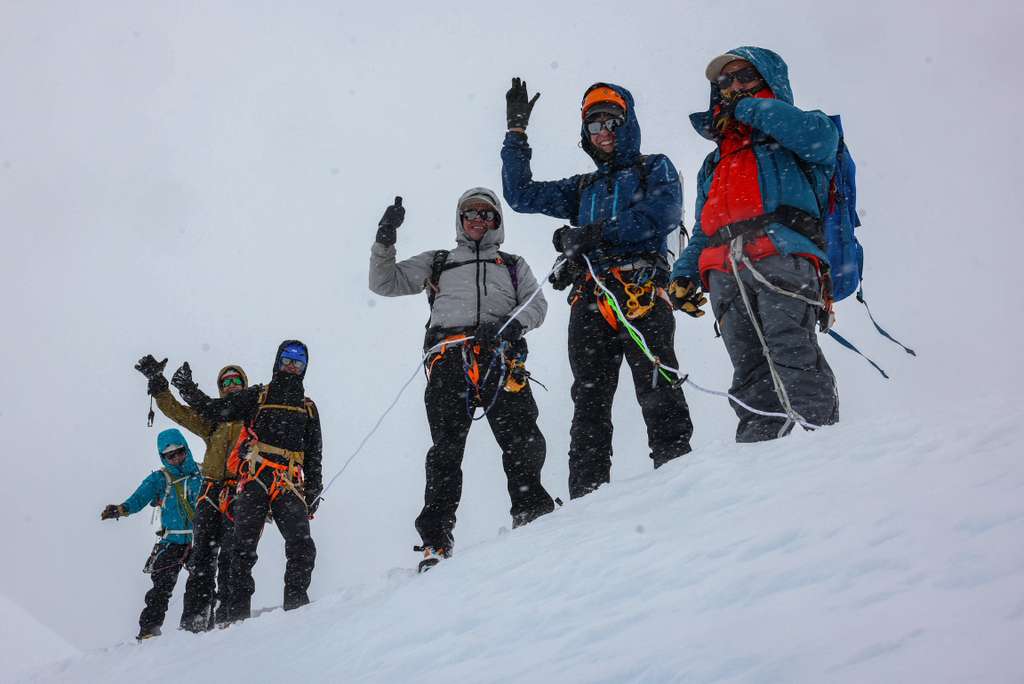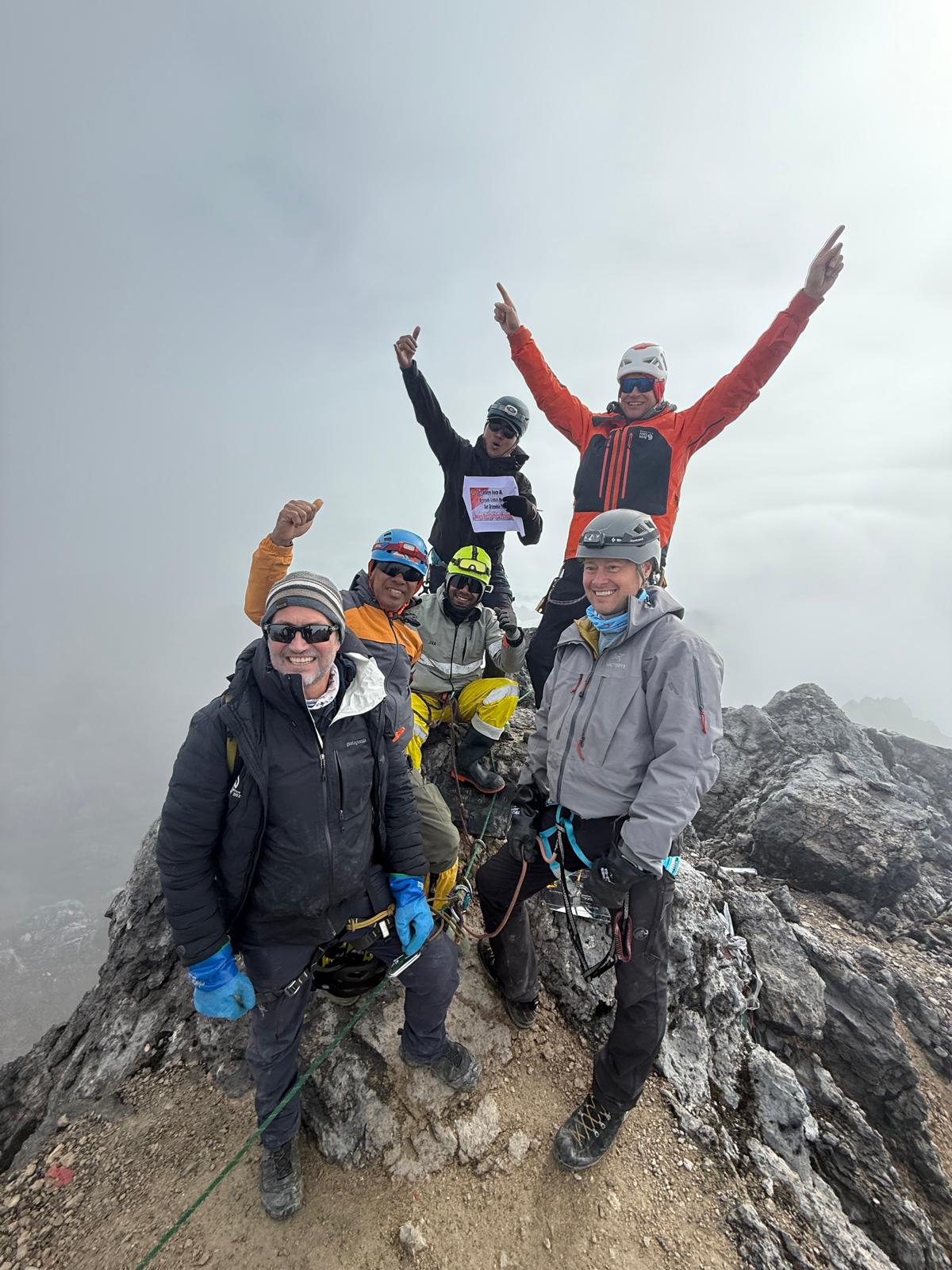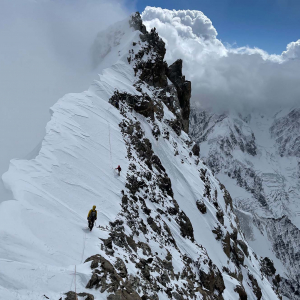- Itinerary
- Dates and Costs
- Gear List
- Why Madison Mountaineering?
Day 1: Arrive in Anchorage.
Day 2: Pre-expedition introductions, orientation and gear check.
Day 3: Glacier travel review and carry to intermediary camp.
Day 4: Move to Camp I (7, 800 ft)
Day 5: Carry loads to Camp II (10,000 ft).
Day 6: Move to Camp II.
Day 7: Move to Camp III (11,200’).
Day 8: Carry to a cache at ~13,500 ft and return to Camp III.
Day 9: Move to Camp IV (14,200 ft).
Day 10: Descend to cache left at ~13,500 ft and carry to Camp IV.
Day 11: Carry to a cache at ~16,500 ft and return to Camp IV.
Day 12: Rest day in Camp IV.
Day 13: Move to Camp V (17,200ft).
Day 14: Rest day in Camp V.
Day 15: Summit Day!
Days 16-17: Return to Base Camp. Fly to Talkeetna weather permitting.
Days 18-22: Contingency days to account for delays due to weather, route conditions, etc.
Actual schedule subject to change due to route conditions, weather, and team health
Denali West Buttress Expedition
- TBD
Deposit: USD 4,000
Costs Include:
- Guides: 1 guide : 2 client ratio to begin the program
- Round-trip glacier flights
- Field food and fuel
- Group camping and climbing equipment
- Personal issue sleds
Costs Do Not Include:
- Transportation to and from Talkeetna
- Meals and lodging in Anchorage and Talkeetna
- Personal lunch and snack food on the mountain
- Trip cancellation/interruption insurance or the required medical evacuation insurance
- All expenses incurred in the event of early departure (evacuation fees, transport, extra hotel nights, etc.)
- Medical or evacuation costs
- Charges incurred as a result of delays beyond the control of Madison Mountaineering
- Excess baggage charges
- Personal equipment and clothing
- Rental items
- Personal purchases, for example, laundry services, souvenirs, gratuities for lodge staff, etc.
Cancellation/Refund Policy
- There are no refunds for the deposit or balance payments for this expedition. This includes but is not limited to, expeditions that conclude without reaching or making progress towards expedition objective(s) (for example, the summit) due to route conditions, weather, insufficient manpower, or any other factor outside the control of Madison Mountaineering.
- Expedition leader has the final say on the expedition conclusion and will make all best efforts towards reaching expedition objective(s) within our margin of safety.
- Participants that choose to leave an active expedition for any reason are not entitled to any refunds
- Madison Mountaineering, LLC highly recommends trip cancellation insurance for all expeditions
- Due to the nature and heavy costs of government and operator permits, Madison Mountaineering must adhere to a stringent refund policy
- Deposit due with registration materials
- All balances are due 120 days prior to departure date unless otherwise specified
- Participants whose balances are not received by the 120-day deadline as stated above, risk forfeiture of their funds and their place on the expedition
- No refunds for expedition services not used
Note: Madison Mountaineering, LLC reserves the right to waive any fees. As we offer personalized service, we will attempt to accommodate changes and cancellations when necessary, waiving certain fees when feasible. Deposits paid by participants acknowledge the above cancellation terms.
Base Layers
- Synthetic Short Underwear (2-3 pair): non-cotton style underwear
- Lightweight Long Underwear (1-2 pair): long sleeve shirt and long pants
- Heavyweight Long Underwear (1 pair)
- Short Sleeve Synthetic Shirt (1-2)
Mid Layers
- Soft Shell Jacket: to be worn over other layers
- Soft Shell Pants: very breathable and water repellant
- Mid-Layer Top: lightweight layer for use over base layers
- Lightweight Nylon Pants (1-2 pair)
Windproof/Rain Layers
- Hard Shell Jacket with hood: waterproof and breathable shell jacket
- Hard Shell Pants: waterproof and breathable shell pants
Insulation Layers
- Heavyweight Insulated Down Jacket with hood
- Insulated Pants
Headwear
- Warm Hat: synthetic or wool hat (ski hat)
- Balaclava: to protect your neck and face in high winds
- Baseball Cap or other sun hat: to shade your face/neck from the sun on a hot day
- Bandana or Buff: to protect your neck/face from the sun
- Facemask: neoprene type
- Nose Guard (optional): sun protection for nose
Eyewear
- Glacier Glasses: full protection with side covers or wrap around
- Ski Goggles: to be worn in the event of high winds – (2nd pair optional)
Gloves
- Lightweight Synthetic Base Layer Gloves (2 pair): for wearing on warm days
- Soft Shell Gloves: to wear for moderate cold/wind
- Shell Glove with Insulated Liner: to wear for severe cold/strong wind
- Expedition Mitts: large enough to fit a liner glove inside
Footwear
- Liner Socks (3 pairs)
- Wool or Synthetic Socks (6 pairs)
- Mountaineering Boots
- Snowshoes: ascent-style snowshoes with climbing bars
- Camp Boots: warm comfortable boots for wearing in camp
- Booties (optional)
Sleeping Equipment
- Sleeping Bag: rated to at least -20°F
- Self-inflating Sleeping Pad: full length is preferred
- Closed-cell Foam Pad: to be used in conjunction with the inflating pad for warmth and comfort when sleeping
- Earplugs
Mountaineering Gear
- Expedition Backpack: approximately 105L
- Compression Stuff Sacks: for reducing the volume of the sleeping bag, down parka, etc. in your pack
- Stuff Sack for Cache: one 20L waterproof stuff sack for caching personal items on the lower mountain
- Trash Compactor Bags: to line backpack and stuff sacks as well as for separating gear
- Trekking Poles with Snow Baskets: adjustable
- Ice Axe: general mountaineering tool (65cm)
- Ice Axe Leash: harness style, not wrist style
- Crampons: general mountaineering crampons
- Climbing Helmet: must be able to fit over your warm hat
- Ascender: 1 right or left-hand ascender
- Accessory Cord: 30 feet (9m) of 6mm accessory cord
- Alpine Climbing Harness: mountaineering harness, with adjustable leg loops. Not a rock-climbing “sport” harness
- Carabineers: 4 regular, 2 standard locking, 2 large locking for use with harness
- Belay/Rappel Device
- Headlamp: with 2 extra sets of new batteries
- Sled Duffle Bag: 150L expedition duffel bag used to transport all gear on your sled; must be waterproof and durable
Travel Items
- Small Duffel Bag with Lock: to store items in the hotel(s) while on the climb
- Carry-on Backpack: approximately 18” x 16” x 10” (46cm x 41cm x 26cm)
- Travel Clothes and Shoes: for days in cities and towns
- Lightweight journal, sketchbook, pencils, pen
- U.S. cash: for currency exchange to purchase SIM cards or merchandise in cities and towns
Additional Food Items
- Snack Food: suggested: 42 bars (assortment of energy bars, candy bars, granola bars, and cookies), 6 energy gels of chews (Honey Stinger Ge, Gu, Clif Shot Bloks), 60 hard candies (Jolly Ranchers, Ricola Lozenges), 21-42 servings of energy drink mix (Nuun, Skratch Labs, Emergen-C, Gatorade)
Other Equipment
- Cup: plastic 16 oz. minimum cup or mug
- Bowl: large plastic bowl for eating dinner or breakfast
- Spoon: plastic spoon (Lexan)
- Water Bottles (2 or 3): wide mouth bottles with 1-liter capacity
- Water Bottle Parkas (2): fully insulated with zip opening
- Thermos: 1 liter
- Hand and Toe Warmers
- Sunscreen: SPF 50 or better
- Lip Screen (2 sticks): SPF 30 or better
- Toiletry Bag: include 2 rolls of toilet paper stored in ziplock bags, hand sanitizer, toothbrush, toothpaste, floss, and wet wipes
- Pee Bottle: 1-liter minimum bottle for convenience at night in the tent
- Female Urination Device (FUD)
- Knife or Multi-tool: keep it simple
- Small Personal First-aid Kit: include pain killers, athletic tape, band-aids, Ibuprofen, blister care, cough drops, etc.
- Medications and Prescriptions: bring antibiotics (Azithromycin, etc.), and altitude medicine such as Diamox and dexamethasone
- Handkerchiefs/Bandanas (optional)
Optional Electronics
- Country-appropriate power plug adapters and power transformers
- Avalanche Transceiver
- Adventure Sports Watch: such as Garmin fēnix 6
- GPS/Personal Satellite Communicator: such as Garmin inReach Mini
- Personal Power System: such as Goal Zero Nomad 28 Plus Solar Panel and Sherpa 100AC Power Bank
- Digital Entertainment: movies, tv shows, music, books loaded on to smartphone, iPad, Kindle
- Camera: bring extra batteries, charger, and memory cards
Madison Mountaineering is recognized for well thought out strategy in leading high altitude climbing expeditions, as well as high-quality service throughout. We have two decades of experience in the planning and coordination of mountaineering expeditions, our reputation is excellent. We strive to make each expedition the best possible experience for our climbers and focus on our 3 primary goals of success in reaching the summit, returning safely, and having fun! Safety is always our number one priority.
Our guides are some of the best and most experienced in the industry, having a strong grasp of technical climbing, expedition, and high altitude experience, along with strong interpersonal skills. Our teams are small and equipped with the best support available to ensure the highest chance of success. We are renowned for our comfortable base camps, high-quality food, first-rate communications, and medical support services, all of which are overseen by a professional member of our team.
Most of our climbers have either climbed with us before, been referred by a friend who has climbed with us, or met one of our teams while attempting another peak and decided to join us for their next expedition. We work hard to facilitate safe, successful, and enjoyable expeditions for all of our climbers. Our track record and past climber testimonials prove we are highly competent experts in our field and love what we do!



